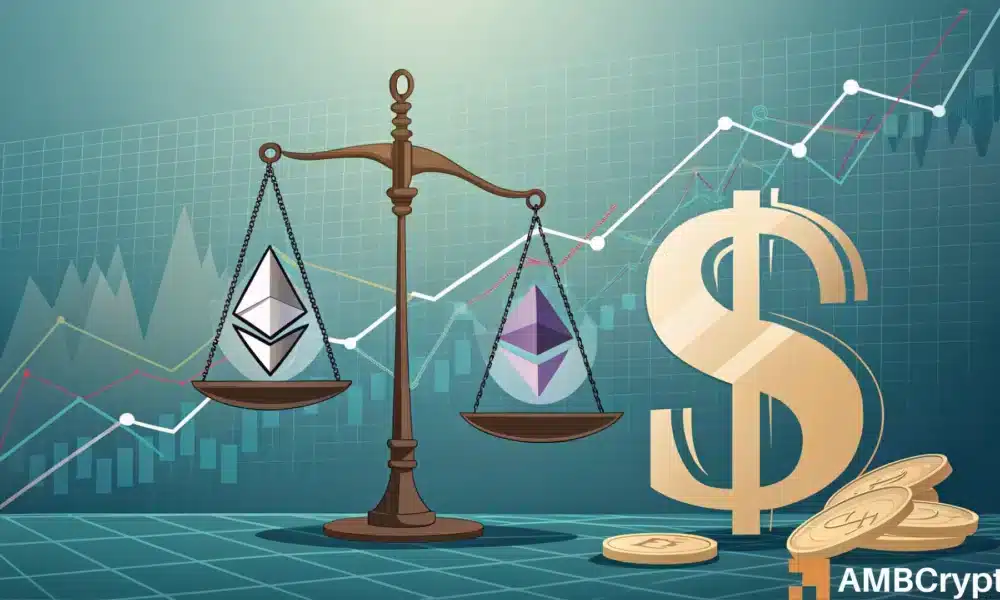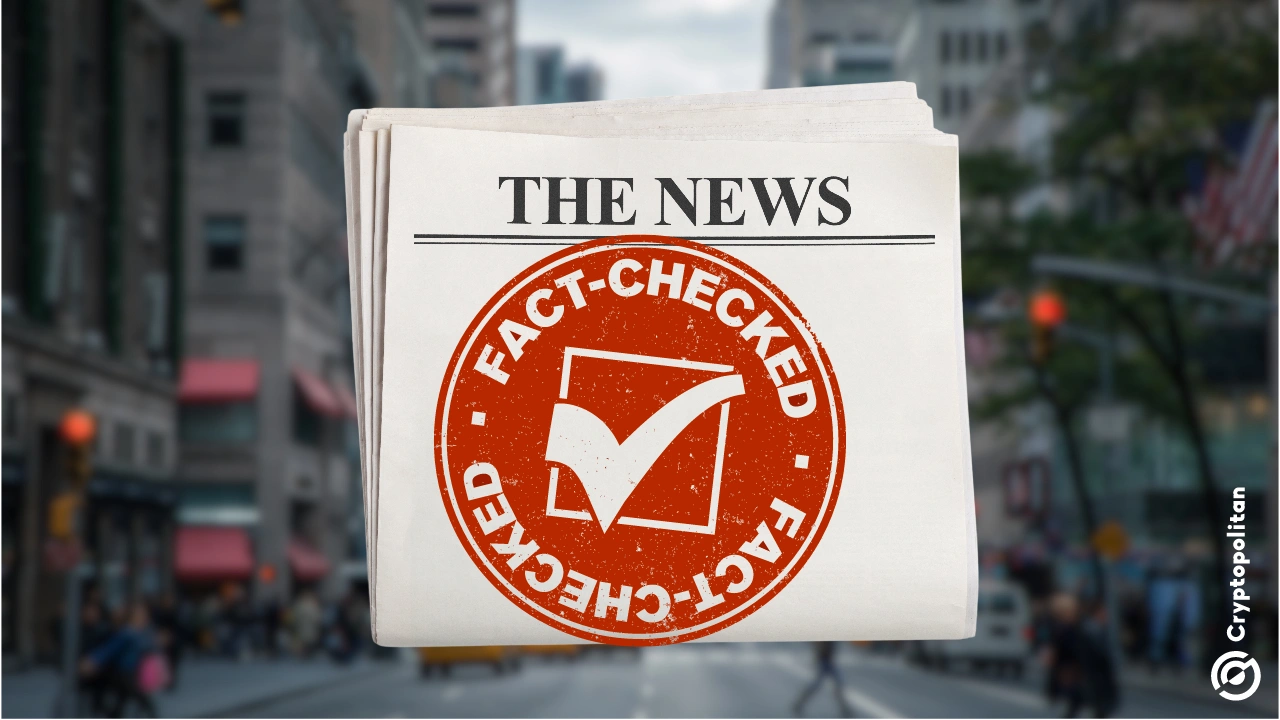When it comes to the crypto market, choosing the right exchange is one of the most crucial decisions for every investor. As Bitcoin and other digital currencies gain more traction, more and more users are diving into this market. Among the many exchanges available, Binance and Coinbase stand out due to their excellent user experience and significant market influence. However, the lure of “0 fees” might not be as straightforward as it seems. Today, we will delve deeper into the hidden costs associated with these two exchanges, helping investors make more informed decisions.
The Surface Truth About Fees
Before we dive deep, let’s talk about the concept of “fees.” Exchanges generally charge various types of fees:
Trading Fees: This is the most direct cost that users incur every time they buy or sell an asset, generally expressed as a percentage of the transaction amount.
Withdrawal Fees: The fees required when users move their assets from the exchange to another location.
Deposit Fees: Some platforms charge a fee for users depositing funds, although most mainstream exchanges allow cryptocurrency deposits for free.
Spread: This is the difference between the buying and selling prices. Many users overlook this cost, but it can significantly contribute to the overall expenses incurred.
Behind the promised “0 fees” from many exchanges lies a web of hidden costs that can make trading significantly more expensive. Therefore, it is vital to understand these costs for investors.

Binance’s Fee Structure
The Surface Level “0 Fee”
Binance often promotes its “0 trading fees” for specific transactions. This means that users can trade certain cryptocurrencies without incurring clear trading costs. This strategy certainly attracts a large number of new users. However, zero fees do not mean there are no other associated costs.
Hidden Cost Analysis
Spread: In Binance’s trading, the difference between the buying and selling prices can often be quite large, especially in markets with lower liquidity. When users make trades without considering the spread, the ultimate returns of their trades can be significantly affected.
Withdrawal Fees: For example, when users withdraw Bitcoin from Binance, they need to pay a specific withdrawal fee every time. Although these fees might seem small at first glance, they can accumulate into a substantial cost with frequent trading and withdrawals.
Hidden Costs for Active Traders: Those who trade frequently may find that, while the base costs are relatively low, the highly volatile market can incur additional charges during significant trades.
Other Considerations
When using Binance, users also need to remain aware of the platform’s volatility and security issues. In recent years, cryptocurrency exchanges have frequently been targeted by hackers. Although Binance has implemented numerous measures to protect user assets, security risks still exist. Users need to be cautious about managing their asset security on such exchanges.

Coinbase’s Fee Structure
Transparent Fee System
Coinbase is widely regarded as a user-friendly exchange, with a relatively transparent fee structure. While Coinbase also claims “0 fees,” it’s advisable to carefully read the fee disclosures before executing a trade.
Hidden Cost Analysis
Trading Fees: At Coinbase, users incur a clearly displayed fee on every trade, typically as a percentage of the transaction amount, which tends to be higher relative to Binance.
Spread: Just like Binance, trading on Coinbase also comes with a spread. Many users do not fully recognize this, leading to significant impacts on their buying and selling prices.
Withdrawal Fees: Coinbase also charges withdrawal fees when users move their funds, although this fee is generally fixed. For active traders, accumulated fees can add up to a considerable expense.
Regulations and Compliance
Because Coinbase is subjected to strict regulatory oversight in the United States, its fees can sometimes be higher than other exchanges. This reflects the resources Coinbase invests to ensure compliance. Consequently, when choosing to use Coinbase, users should also consider the sense of security brought by regulatory compliance alongside the fee considerations.

How to Evaluate and Choose Exchanges
Choosing the right exchange is not an easy task, particularly when hidden costs are numerous. Here are some suggestions for evaluating and selecting exchanges:
Conduct a thorough analysis of each fee, particularly trading fees and potential withdrawal fees, to understand the true cost of each trade.
Before deciding which exchange to use, consider comparing the fees of multiple platforms to select the option with the best value.
Choosing assets with higher liquidity for trading can effectively mitigate the hidden costs incurred from spreads.
Regardless of the exchange chosen, safeguarding one’s funds should always be a priority. Users should implement two-factor authentication and regularly review their account security records.
Conclusion
Under the allure of “0 fees,” investors must scrutinize the hidden costs associated with the exchanges. Whether it’s Binance or Coinbase, these leading exchanges have unique fee structures and associated risks. Before making a decision, a meticulous understanding of the fee systems, hidden costs, and personal risk tolerance is crucial for achieving investment returns. Only then can one navigate the volatile markets effectively and secure a stable investment return.
We hope this article has provided more insight into the hidden costs of exchanges and helps you make informed choices. Remember to stay rational and equip yourself with knowledge to succeed in the crypto market!
















No comments yet